Mid-late variety of cabbage “Dobrovodskaya”
Housewives love to please their family with a delicious cabbage salad. The Dobrovodskaya cabbage variety is the most suitable for pickling. High yield, disease resistance and ease of care have made it popular among gardeners. Let's talk about the features of this variety and the nuances of cultivation.
Description of the Dobrovodskaya cabbage variety
Dobrovodskaya cabbage is a mid-late variety.
Breeding history
The culture was first mentioned in 1956., when Czech breeders registered a new variety of cabbage grown. It was distinguished by its high yield, large head size (up to 10 kg), and resistance to sudden temperature changes.
Main seed producer and supplier to other regions and countries – vegetable growing company Moravoseed (Czech Republic).
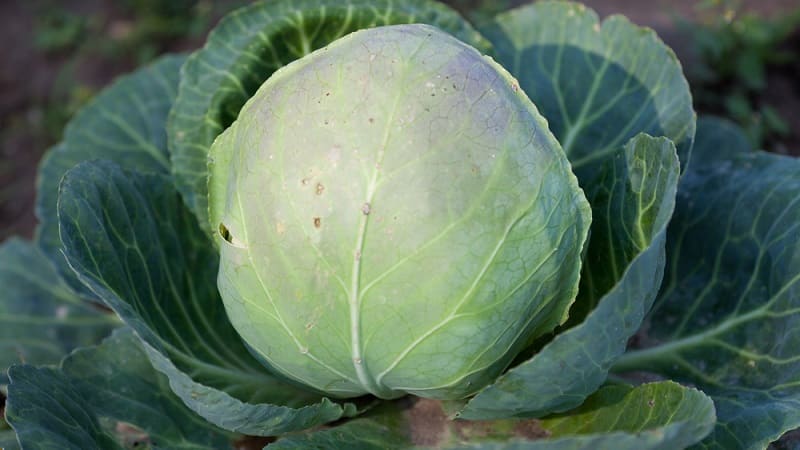
Chemical composition and beneficial properties
100 g of product contains:
- vitamin B1 – 0.03 mg;
- vitamin B2 – 0.07 mg;
- vitamin B4 – 10.7 mg;
- vitamin B9 – 22 mcg;
- vitamin C – 60 mg;
- potassium – 300 mg;
- calcium – 48 mg;
- magnesium – 16 mg;
- sulfur – 37 mg;
- phosphorus – 31 mg;
- iron – 0.6 mg;
- iodine – 3 mcg;
- manganese – 0.17 mg;
- copper – 75 mcg.
Cabbage has a number of beneficial properties:
- Vitamin C strengthens the immune system and promotes rapid recovery from colds.
- Fiber improves digestion, removes waste and toxins.
- Increases stomach acidity and improves peristalsis.
- Kills harmful microorganisms, improves intestinal microflora.
- Iron is involved in hematopoiesis.
- Potassium improves the functioning of the heart and cardiovascular system.
Features of application
Dobrovodskaya cabbage is used only for pickling, salting and pickling, because in a fresh state it is not stored for a long time.
Ripening time and yield
Growing season from planting 30-day-old seedlings in the ground is 110-120 days.
The variety is characterized by high productivity. Under favorable conditions, you can get from 12 to 14 kg of cabbage from 1 m² of land.
Resistance to disease and cold
Cabbage is resistant to vascular bacteriosis, phomosis, blackleg.
Belongs to cold-resistant, because it can withstand air temperatures up to +2…+5°С. Tolerates sudden changes and fluctuations in night and day temperatures.
Plant characteristics
The full ripening period is 160 days from planting to harvest.. A low bush grows - 30-40 cm in height, up to 80 cm in diameter. A tight, dense head of cabbage with a diameter of up to 20 cm is formed inside the leaf rosette. The outside has a soft green color, and when cut it is white. Weight – up to 10 kg.
Light green leaves with a white waxy coating. Round in shape, with wavy edges. The pulp is juicy, with a pleasant sweet taste.
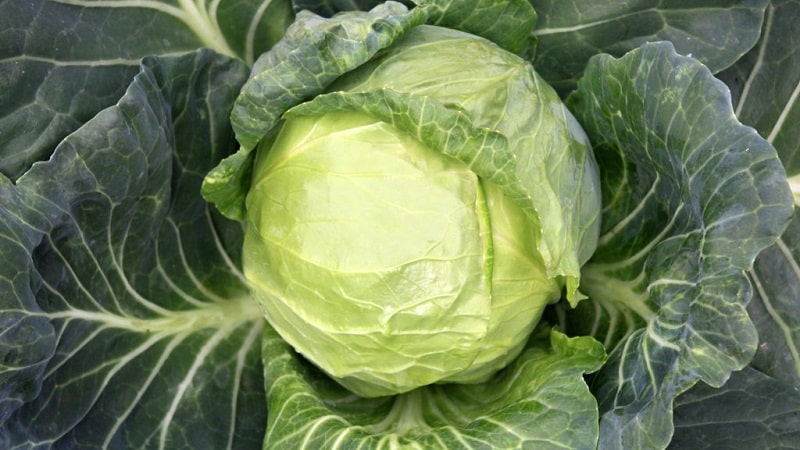
Growing regions and climate requirements
The variety is recommended for cultivation in the south and central Russia. At a temperature of +15...+18°C it brings a good harvest - 12-14 kg/m². In hotter (above +30°C) or colder (below +15°C) conditions, the formation of heads slows down.
Important! The northern region is not suitable for mid-late crops. The short summer season and long growing season will not allow cabbage to fully develop.
Advantages and disadvantages
The advantages of the variety include:
- Good presentation, the head is even, smooth, does not crack.
- Not afraid of transportation and mechanical damage.
- High yield under favorable conditions.
- 100% seed germination.
Flaws - short shelf life (up to 3 months) and the need for regular watering.
Difference from other varieties and hybrids
Difference from early and middle varieties:
- Dobrovodskaya cabbage is only suitable for pickling and pickling;
- size – other varieties grow with a maximum weight of less than 6 kg.
Features of planting and growing
To get a good harvest, it is important to comply with the growing conditions.
Soil requirements
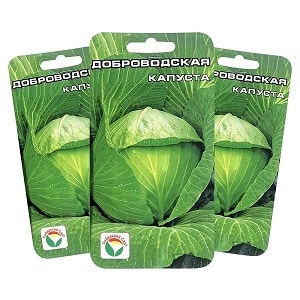
For growing seedlings cabbage buy a special soil mixture in the store or make it yourself:
- garden soil or peat – 1 part;
- humus – 1 part;
- wood ash – 10 tbsp. l. per 10 kg of soil.
Mix everything well.
Ready seedlings are planted in open ground, which is fertilized in advance. humus or peat - 3-4 buckets per 1 m². Cabbage does not like acidic soil (liming is carried out); it bears fruit well in black soil.
Preparing for landing
Seeds and seedlings are prepared for planting in open ground.
Seed preparation
Made for cabbage seeds:
- Warming up. Planting material is placed on a saucer with damp gauze and placed on a heating radiator for 1 day. This stimulates the seeds to wake up.
- Disinfection. After warming up, seed the seed for 30 minutes. placed in a container with a weak solution of potassium permanganate. This increases disease resistance and kills bacteria and viruses on the surface of the seeds.
- Growth stimulation. The seeds are soaked for 12 hours in a biological solution of Zircon, Albit, Energen or Epin.
- Cold hardening. The seeds are wrapped in a rag and placed in the refrigerator for 24 hours.
Preparing seedlings
10-14 days before the planned planting of seedlings in open ground, the plants are hardened:
- 1-2 days open the window in the room for 3-4 hours.
- From days 3 to 5, seedlings are placed on a balcony, loggia, veranda or any cool place for no more than 2 hours.
- From days 6 to 10, increase the hardening time to 10 hours.
After this, the seedlings are left on the balcony until planting in open ground.
Important! Hardening is carried out when 4-6 true leaves appear on the plants.
How to plant without seedlings
Non-seedling planting is a more labor-intensive option, because... requires constant care in the first half of the growing season:
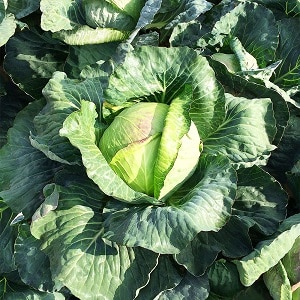 Seeds undergo pre-sowing preparation. Small holes 2-3 cm deep are made on the plot of land and 3-4 seeds are placed. Sprinkle with soil or peat. The distance between the holes is made according to the pattern 60x60 cm or 70x70 cm.
Seeds undergo pre-sowing preparation. Small holes 2-3 cm deep are made on the plot of land and 3-4 seeds are placed. Sprinkle with soil or peat. The distance between the holes is made according to the pattern 60x60 cm or 70x70 cm.- The holes are watered with warm water and covered with film or glass - creating a mini-greenhouse.
- After the appearance of 2 true leaves, thinning is carried out, leaving 2 seedlings in the hole. The torn seedlings are used for replanting in empty or new holes. Repeated thinning is carried out after a week. There should be one seedling left in the hole.
- After this, the seedlings are spudded, watered well, and fertilized with an organic infusion of cow or chicken droppings. Further care is the same as for ordinary seedlings.
Predecessors
The variety feels great on the ground after onions, garlic, potatoes, carrots, cucumbers, legumes. Cruciferous vegetables - radishes, arugula, radishes - have a bad effect on cabbage.
On a note! Cabbage is grown in one place for no more than 2-3 years in a row, then the planting site is changed.
Dates, scheme and rules of planting
Seeds for seedlings are planted in prepared containers at the end of March - beginning of April:
- Make shallow holes (1-2 cm) in the soil, sow the seeds and sprinkle them on top. The distance between crops is 5-7 cm.
- The container is left on a lighted windowsill in a room with an air temperature of +20...+24°C.
- After the first shoots appear, the temperature is reduced to +15°C during the day and +10°C at night.
In order for the seedlings to grow strong, with a good root system, they are planted – planted in separate peat pots or cassettes according to a 3x3 cm pattern.
The seedlings are transferred to open ground after 30-40 days (late May – early June):
- Make holes 7-10 cm deep and water well.
- Place the seedlings in them so that the roots are in the water.
- After 10-15 minutes, fill the holes with soil, lightly pressing the seedlings inward.
Planted according to the scheme 60x60 cm or 70x70 cm.
Dobrovodskaya cabbage requires a lot of space on the plot of land, distance between rows is 60-70 cm.
Interesting things on the site:
The best varieties of cabbage for pickling and storing for the winter
Features of cultivation
To successfully grow cabbage, it is recommended to follow the rules of care.
Watering mode
The Dobrovodskaya variety loves a lot of moisture. Watering and irrigation are carried out by drip every 3 days. Use warm (heated in the sun), settled water at the rate of 3 liters per bush.
On a note! Can be watered with rainwater.
Loosening and hilling
Loosen the soil once a week. This improves air exchange and saturates the roots with oxygen. Regular weeding between the rows prevents the growth of weeds and the formation of top crust.
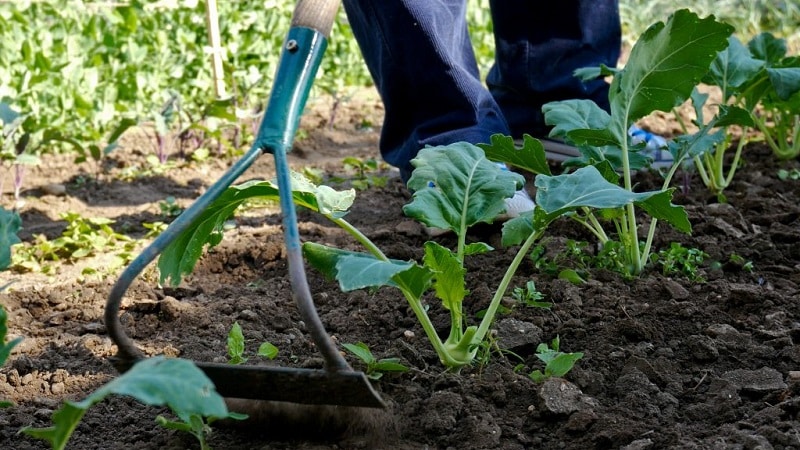
Hilling cabbage stimulates the growth of new roots, strengthens the plant so that it does not fall. Do this at a distance of 20-25 cm from the roots, add soil to a height of 10-15 cm, up to the first leaves.
Top dressing
Fertilizers are applied for the first time 2 weeks after germination.. Use ammonium nitrate (2 matchboxes per 10 liters of water).
After the appearance of 2 and 3 leaves, feed “Nitrophoska” (2 matchboxes per 10 liters of water).
Third feeding – after planting seedlings in open ground: 30-40 g of “Nitrophoska” per 1 m².
Before starting to set cabbage heads, another feeding is carried out nutrient solution (per 10 liters of water):
- urea - 1 match. boxes;
- boric acid – 10 g;
- potassium sulfate – 2 tbsp. l.
In case of insufficient amount of mineral fertilizers the heads of cabbage become small and the plant stops growing.
Measures to increase yield
To get a good harvest, follow all rules of care and watering, apply the necessary fertilizing in a timely manner.
Fertilizing the soil 2-3 times per season increases the yield. Use:
- infusion of cow or chicken manure (0.5 liters per 10 liters of water);
- organic humus – 3 kg per 1 m²;
- a solution of one of the fertilizers “Agricola-1”, “Living Force: Vegetable Abundance”, “Kemira”.
Pre-sowing seed preparation increases yield by 20%.
Disease and pest control
Mid-late Dobrovodskaya cabbage variety is resistant to diseases:
- fusarium;
- gray rot;
- blackleg;
- fomoz.
If the disease is still detected, the plantings are treated fungicides "Previkur", "Fitosporin-M".
Important! The variety is susceptible to clubroot disease. It is recommended to spray the beds with colloidal salt (10 g per 10 liters of water).
The following products are used to control pests::
- aphids - treat the leaves with a soap solution;
- cabbage fly - “Bazudin” will help;
- slugs – “Metaldehyde”;
- cabbage white caterpillars - a thick net and inspection for the presence of eggs will help.
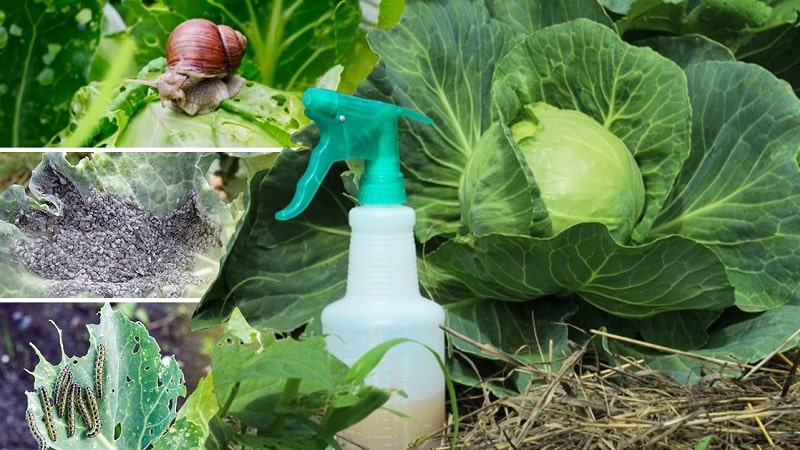
Difficulties in growing
The only difficulty is that the head of cabbage does not set.. The reasons are as follows:
- seeds were sown in the ground late;
- did not follow the planting scheme, the bushes are located very close;
- lack of moisture, watering regime is disrupted;
- excess nitrogen fertilizers.
Harvest and storage
Harvest is harvested at the end of the growing season. The ripeness of cabbage is indicated by yellowed lower leaves of the bush and a light spot on the head of cabbage.
How and when to collect
Mid-late cabbage variety Dobrovodskaya harvested in October - early November. At this time, the air temperature drops to +2…+5°С. It is important not to be late so that the first frosts do not damage the crop.
In the fields, cabbage is harvested mechanically. At home, the head of cabbage is cut off, leaving the upper covering leaves.
Storage features and shelf life
The variety is not intended for long-term storage. After harvesting, it is sent for processing. Store at home in a cool place for no more than 1.5-2 months.
Reviews from experienced gardeners
Reviews from summer residents will help you understand whether this variety is suitable for growing on your plot of land.
Oksana Nikolaevna, St. Petersburg: “I planted many different varieties of cabbage in my garden. Dobrovodskaya is unpretentious, water it and fertilize it on time. The only thing I don’t like is that the heads of cabbage grow too large. I can’t lift it myself, I call my husband for help. And there’s no way to store the whole head in the refrigerator.”.
Svetlana Ivanovna, Ekaterinburg: “I really liked Dobrovodskaya cabbage! The head of cabbage is tight and does not burst. If you grow a few bushes in the garden, there will be enough pickling for our entire large family. I chopped one head of cabbage and it turned out to be a bucket of sauerkraut. I am pleased!".
Conclusion
For housewives who like to make preparations for the winter, ferment and pickle cabbage, Dobrovodskaya is the best option. This is a high-yielding variety that is easy to care for. Several large heads of cabbage will provide a family for the entire winter period.